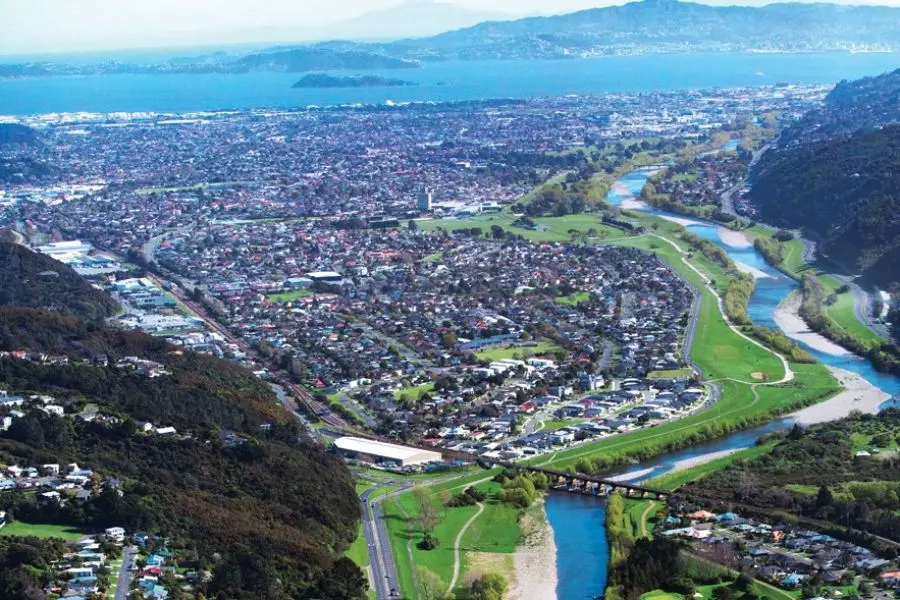News
Investment gems in Lower Hutt

Friday 2nd of June 2017
A lack of investors active in Lower Hutt means the area is ripe with opportunity, yet those who are in a position to secure lending will be competing with the rising number of first home buyers in the market.
In nearby Wellington, average values have risen to over $700,000, creating a flow-on effect that has resulted in significant value increases in the Hutt Valley.
Many first...
Want to read the full article?
Click the button below to subscribe and will have unlimited access to full article and all other articles on the site.
8 min read
10 min read






![[The Wrap] Bye Bye Bayly](https://goodreturns.publit.io/file/c_fill,w_900,h_600/39f23ac1-f7c7-4854-b700-a150004ebbac.webp)


